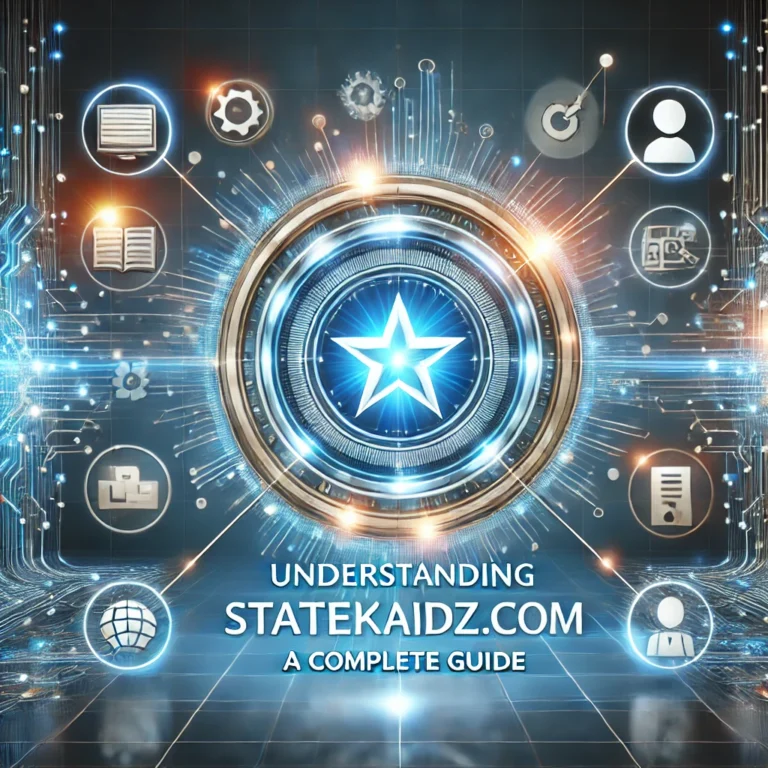
Introduction
In an optimization-oriented world, Lepbound is a new conception to assist in solving complex decision-making puzzles. Whether finance, logistics, healthcare, or day-to-day activities, an understanding of Lepbound can improve efficiency, maximize resource utilization, and enhance strategic planning.
This article delves into Lepbound: its definition, principles, applications, and its comparison with other mainstream optimization techniques. If you want to solve problems as if you’re going by the book, then this is the very guide for you.
Understanding
Definition of Lepbound
Lepbound is a detailed theoretical construct in optimization theory applied for various resource allocation issues. It aims to help individuals and organizations make the best decisions under constraints-whether those are time, money, materials, or some other factors-on one side.
At its core, Lepbound allows decisions to be made in a more efficient manner by:
Identifying limitations and constraints
Analyzing all possible alternatives
Choosing among those options the best course of action based on clearly defined objectives
Origin of the Word “Lepbound”
The word Lepbound seems to derive from leap (broadly meaning advancement or establishment-a step forward) and bound (means limitations or constraints).
Therefore represents a push beyond some limitations but within some constraints. It has found residence within the fields of mathematics, economics, and operations research in solving problems involving optimization.
One of the earliest references to Lepbound was to come out of academic discussions surrounding linear programming and optimization algorithms concerning an effective way for competing priorities to coexist.
Core Principles
Lepbound operates based on four important principles:
- Problem Structuring
A Lepbound framework starts with the clear definition of a problem, which involves:
Identifying the objective (maximization of profits, minimization of costs, etc.)
Stating the constraints (limitations on budget, workforce availability, etc.) and
Pointing out the key variables (the decision-making factor).
- Analytical modeling
Once the problem is formed, the mathematical model that defines the relationship between factors is developed, where the methodology may involve:
Linearity and nonlinear programming
Using probability models to incorporate uncertainty
Application of machine learning algorithms to aid in data-driven decision-making
- Feasibility assessment
Before a solution can be implemented, possible solutions must pass feasibility testing. In general:
The proposed solution is conformed to the illustrated constraints;
It exhibits practical applicability in regard to the real world;
It confers some worthwhile benefit relative to costs incurred.
- Optimal solution identification
Optimization algorithms give the engineered solution that works most economically. The means of analysis by which more than one solution is undertaken to allow some that work better include:
Simplex method;
Gradient descent;
Genetic algorithms.
- Real-World Applications
The structured approach taken by Lepbound makes it highly versatile and widely applicable in varied industries. Some of the key areas where Lepbound works well include. - Supply Chain Optimization
Companies normally rely on Lepbound to minimize costs and enhance efficiency in logistics by optimizing:
Inventory levels to avert overstocking and understocking.
Transportation routes for reducing possible fuel expenses and delivery time.
Assign warehouse space allocation for effective operations.
- Financial Portfolio Management
Investors use Lepbound to achieve the highest possible reward while managing risks via:
Strategic asset allocation according to fluctuations in the market.
Diversifying investments to reduce exposure to risk.
Optimization of trading tactics toward maximizing profits.
- Workforce Scheduling
Lepbound is used by organizations and companies to:
Assess proper employee allocation to prevent under or over-staffing.
Disperse workloads equitably among one another.
Enforce labor codes.
- Energy Efficiency and Power Distribution
The energy sector applies Lepbound for:
Optimizing integration of renewable energy.
Enhancing power grid efficiency.
Lowering the cost of energy through load balancing.
- Healthcare Resource Management
Hospitals and clinics are using Lepbound to optimize:
Bed allocation for maximum care delivery
Workforce scheduling to ensure attendance of needed medical personnel
Equipment scheduling for reduced costs and improved service delivery quality
Lepbound versus Traditional Optimization Techniques
Features Lepbound Approach Traditional Methods
Decision Approach Systematic and structured Often ad hoc or rule-based
Computational Efficiency Uses advanced algorithms May lack computational tools
Scalability Works for small to large-scale problems May struggle with complexity
Adaptability Handles dynamic and uncertain environments May not adapt well to change
Areas of Application Finance, logistics, healthcare, energy Mostly used in simple optimization
Integrating Lepbound in Decision Making
If you want to integrate into your problem-solving process, here is what you need to do:
Step 1: State Objectives and Constraints
Clearly state:
The objective (for example: maximize revenues, minimize wastes, etc.)
All constraints (budget, resources, legislation, etc.)
Step 2: Develop a Mathematical Model
Make use of tools such as:
Linear programming if the constraints are simple
Non-linear programming in case of complex scenarios
Machine learning models in order to optimize predications
Step 3: Execute Optimization Algorithms
Some computational methods to apply now would be:
Simplex method in case of problems that can be tackled linearly.
Genetic algorithms when it comes to evolutionary solutions.
Simulated annealing for complex constraint handling.
Do analysis and revision.
Upon completion of the evaluations, the model is refined and the strategy is modified that incorporates new data.
Merit of Lepbound
✔ Efficiency Maximizer-A way of optimal allocation of resources and faster decision-making.
✔ Scalability-Applicable to small and large-scale problems.
✔ Data-Driven Decision-Making-That is, it makes use of real-time analytics to make an informed choice.
✔ Minimizes The Exposure To Risks-Analyzes multiple solutions to find and minimize exposure to risk.
Downsides
❌Meant for Computationally Intensive Tasks-Works on a powerful computer for large-scale problems
❌Needs Modeling Complexity-Some higher-level and advanced expertise in creating models
❌High Sensitivity Towards Data-Accuracy becomes an issue depending on the quality of input data
Concluding
Lepbound is changing the way organizations look at decisions and how they tackle optimization along with resource allocation.
It is probably one of the best frameworks for very complex problem-solving applicable in finance, logistics, healthcare, and more. The whole mechanism depends completely on the quality of the data, the computational power, and expertise in developing models.
When you need a structure-based and efficient way of optimization or modeling approaches makes an integral component of your decision-making process.
Frequently Asked Questions (FAQs)
What industries use Lepbound the most?
Commonly used in finance, supply chain management, healthcare, and energy sectors.
How does Lepbound compare to machine learning?
Focuses on structured optimization, while machine learning uses pattern recognition and data-driven predictions.
Can Lepbound be used for personal decision-making?
Yes! help optimize time management, budget planning, and goal setting.
What tools are used to implement?
Common tools include MATLAB, Python (SciPy), and Excel Solver.






